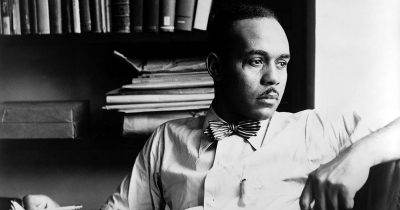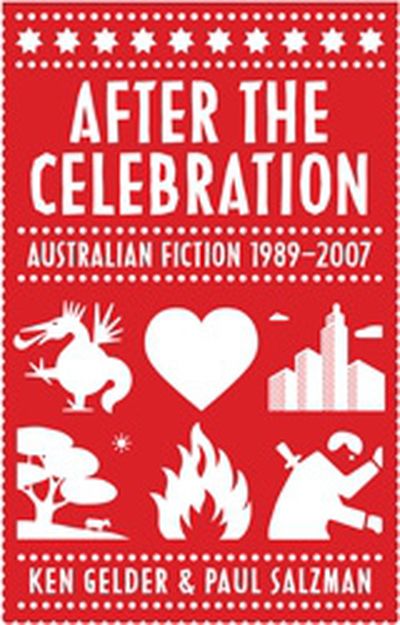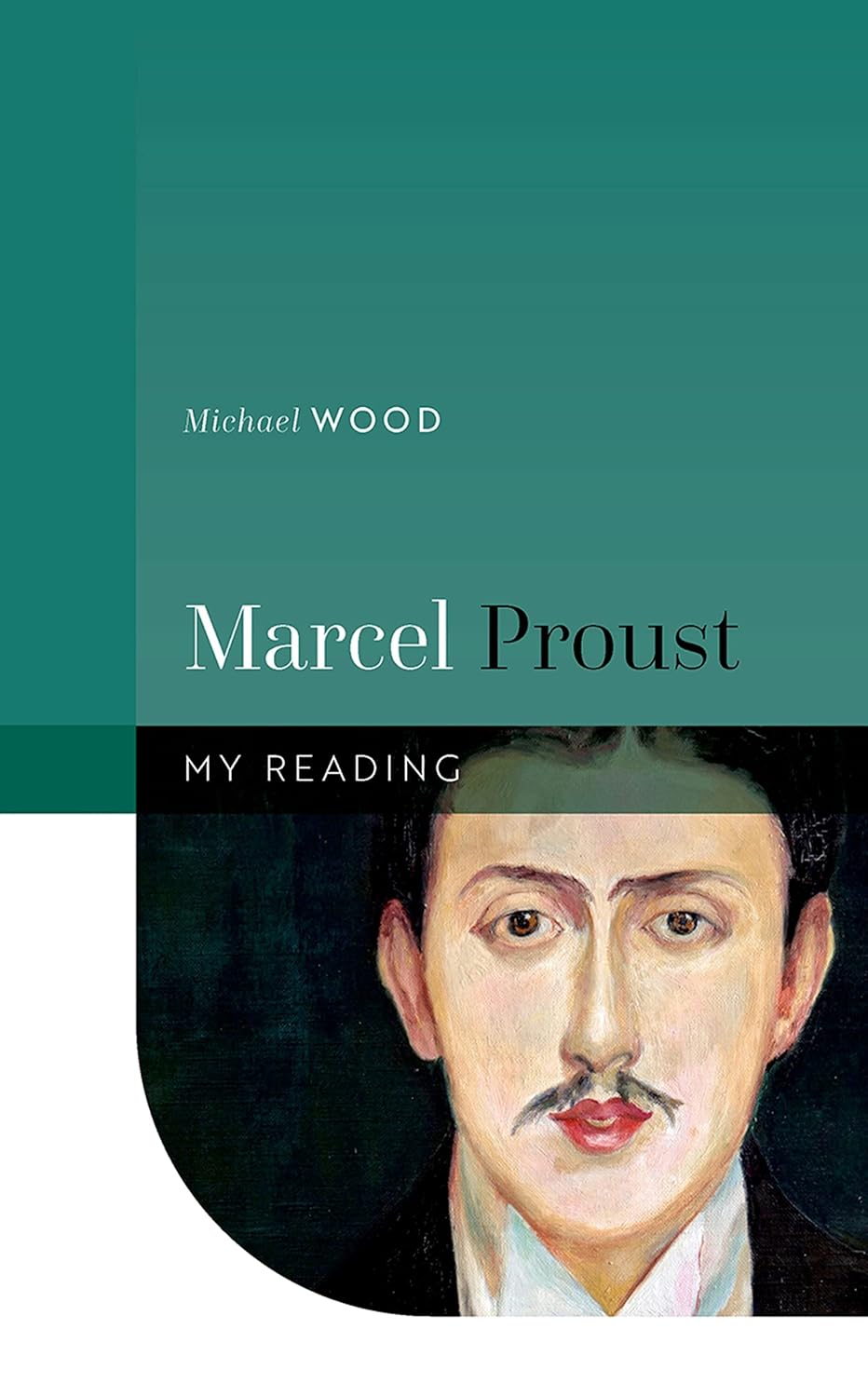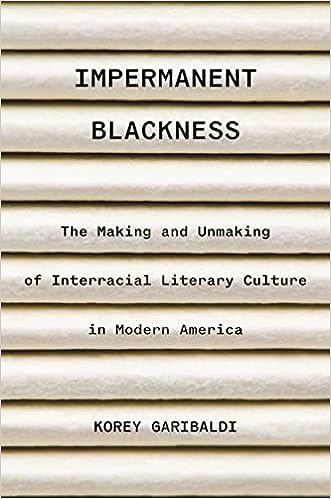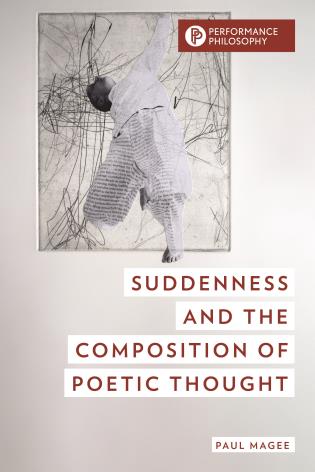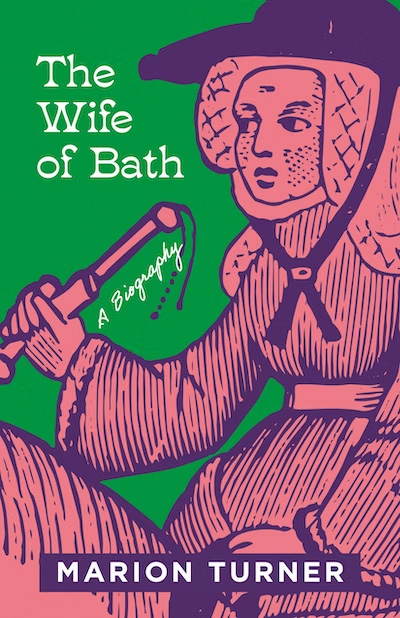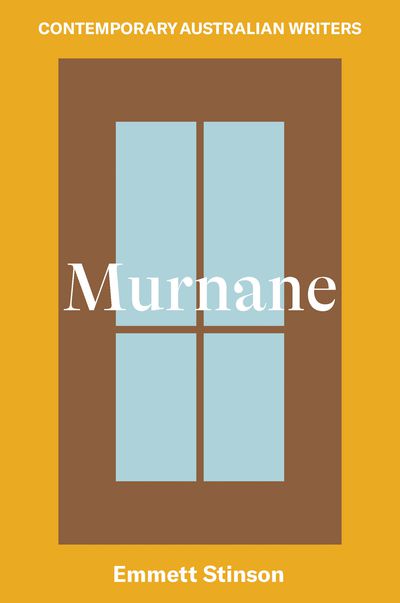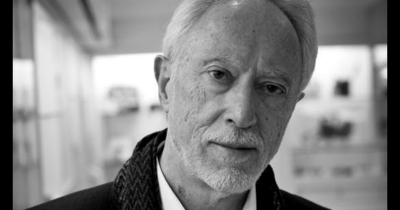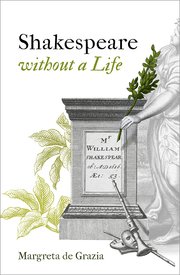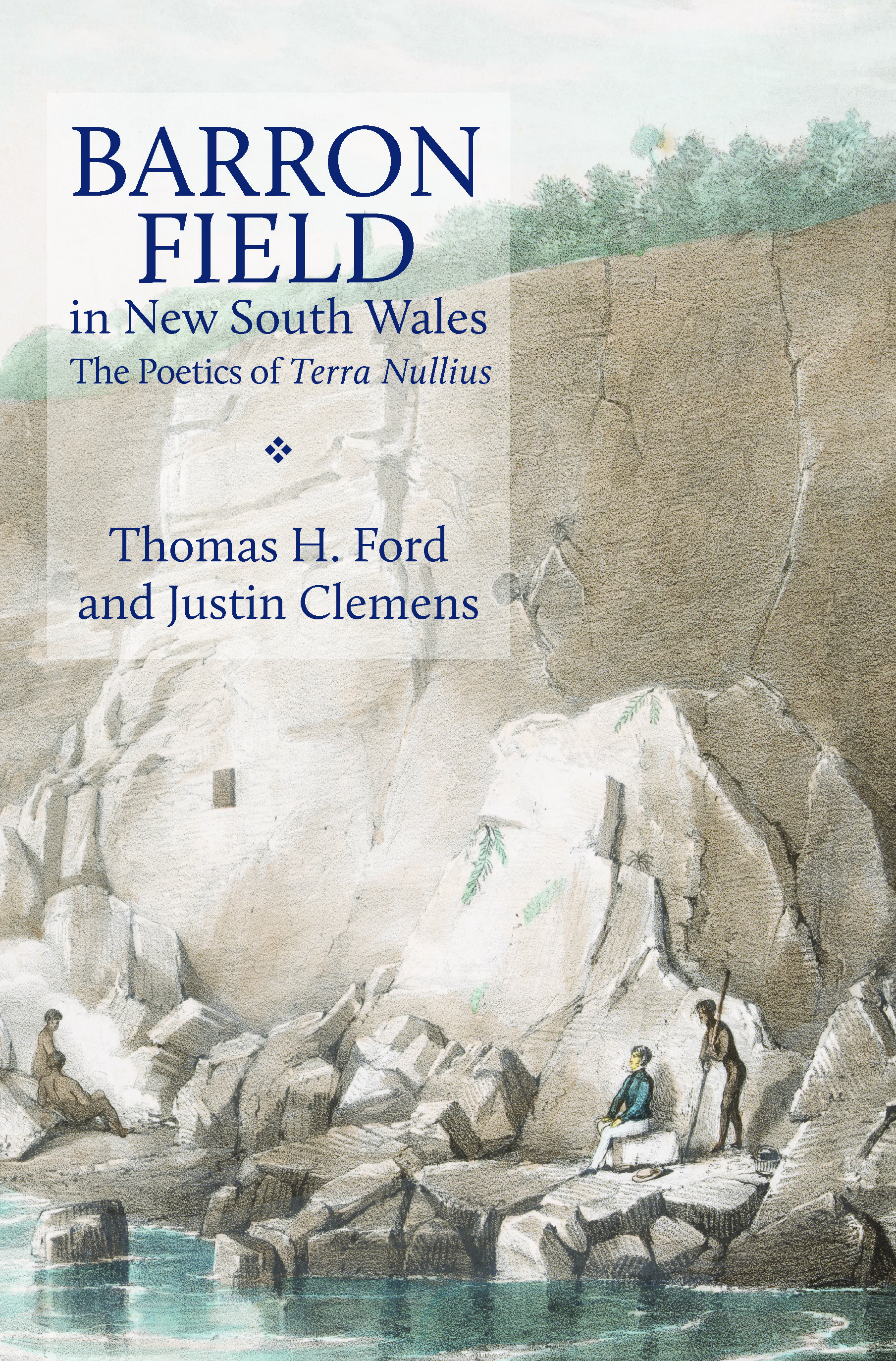Literary Studies
Ralph Ellison could be abrasive. His biographer Arnold Rampersad records that James Baldwin thought Ellison ‘the angriest man he knew’. Shirley Hazzard observed that when Ellison was drinking he ‘could become obnoxious very quickly’. His friend Albert Murray recognised something in him that was ‘potentially violent, very violent. He was ready to take on people and use whatever street corner language they understood. He was ready to fight, to come to blows. You really didn’t want to mess with Ralph Ellison.’
... (read more)After the Celebration: Australian Fiction 1989–2007 by Ken Gelder and Paul Salzman
Twenty years after the publication of their ‘inclusive Australian literary history’, The New Diversity: Australian Fiction 1970–1988, Ken Gelder and Paul Salzman have returned with a ‘sequel’, After the Celebration: Australian Fiction 1989–2007. One leaden title succeeds another, although the tone of the second book is angrier. More of that later. As the authors note in their preface, The New Diversity was published by McPhee Gribble, an independent outfit that would largely be subsumed by Penguin in 1989, the year in which that book appeared. This observation prepares for the consistently impressive aspect of After the Celebration: its detailed, incisive, intelligently informed account of the changes in the circumstances of publishing, and especially fiction publishing, in Australia during the last two decades. One might take counsels of hope or despair from their analysis (particularly if one were a novelist), but still be grateful for it.
... (read more)In 1981, Terence Kilmartin’s revision of C.K. Scott Moncrieff’s 1920s English translation of Proust’s À la recherche du temps perdu was published. Against Kilmartin’s wishes, the new edition retained the unfortunate title of Remembrance of Things Past, but in all other respects the Kilmartin version significantly corrected and enhanced the Moncrieff translation.1 This became my Proust, and I have remained loyal to it.
... (read more)Impermanent Blackness: The making and unmaking of interracial literary culture in modern America by Korey Garibaldi
'Interracial,’ explains Korey Garibaldi in his compelling first book, is a term ‘not as familiar as it once was’, though it was often used in the United States during the first half of the twentieth century to describe ‘cross-racial collaborations and cultural influences’ across the literary world. One of the most influential advocates of such literary interracialism was W.S. Braithwaite, a poet, critic, and anthologist born in Boston in 1878 to a British Guyanese father and an African American mother, with Braithwaite boldly declaring that ‘all great artists are interracial and international’. Garibaldi’s critical work traces the ups and downs of this interracial aesthetic from the beginning of the twentieth century to the 1960s. In the process, he adds another dimension to our understanding of the complex racial dynamics of this era.
... (read more)Suddenness and the Composition of Poetic Thought by Paul Magee
When I sit down to write this review on a snowy morning during a ten-day trip to upstate New York, are the words I write pre-planned, is the shape of this piece clear in my head, or is it all coming to me as I place my fingers on the keyboard and grapple with the symbols appearing on the screen? Are the words you are reading at this moment the words that I originally wrote on a Northern Hemisphere winter’s morning, or have they been revised, rethought, planned anew.
... (read more)In her 2019 biography, Chaucer: A European life, Marion Turner provides a fine-grained social context for the poet’s life – from early days. Young Geoffrey Chaucer, we learn, would likely have been educated in a school such as London’s St Paul’s, with its generously stocked library, and a ‘master’ who ‘sat in a chair of authority, raised up, surveying the room’, and whose pedagogical style allowed for disputation.
... (read more)Emmett Stinson’s brief critical survey centres on Gerald Murnane’s four major ‘late fictions’, beginning with Barley Patch (Giramondo, 2009) and ending with Border Districts (Giramondo, 2017). It is a timely and illuminating companion to Murnane’s recent fiction and works well as an extension of the first monograph on his work, Imre Salusinszky’s Gerald Murnane (Oxford University Press, 1993). Although the two books have different points of focus, they are slim yet substantial studies, each dealing with a distinct period of Murnane’s literary career, and both are eminently readable.
... (read more)‘Why should I be expected to rise above my times? Is it my doing that my times have been so shameful? Why should it be left to me, old and sick and full of pain, to lift myself out of this pit of disgrace?
... (read more)It is a rare year that goes by without the publication of yet another new biography of William Shakespeare in response to the seemingly insatiable desire for insights into the life and mind of the great writer. The proliferation of life studies isn’t exactly unwarranted: among the most exciting recent discoveries shedding light on how Shakespeare lived is Geoffrey Marsh’s pinpointing of the address at which Shakespeare lived in Saint Helen’s parish in 1598, and Glyn Parry and Catheryn Enis’s identification of numerous writs against John Shakespeare until as late as 1583, when Shakespeare was still a teenager.
... (read more)Barron Field in New South Wales: The poetics of Terra Nullius by Justin Clemens and Thomas H. Ford
Literary study tends to be characterised by bipolar episodes, swinging between enjoyment and judgement. There is reading for pleasure and learning to be critical, or making up your mind about how good, bad, or indifferent a literary work is. This way of thinking about literature still pervades all levels of the cultural and social scenes where readers talk to one another. We discuss with our friends or communities whether we like a work of literature or not, but when things get formal or seminar-serious the conversation shifts to whether we think that work is any good – a different thing. The Saturday review pages wobble between these two modes, between chat about whether readers will like a book or film, and whether it’s any good or not. Some texts that have become good over time, canonical in other words, we might not like. ‘Like’, here, of course, is a very fuzzy notion, although you would have to be delusional to think a book is automatically good because you like it. And liking certain texts, Ern Malley’s poetry or Stephenie Meyer’s fiction for example, might be evidence, in some people’s view, of a lack of taste, or bad judgement. But as we say, there’s no accounting for that.
... (read more)

